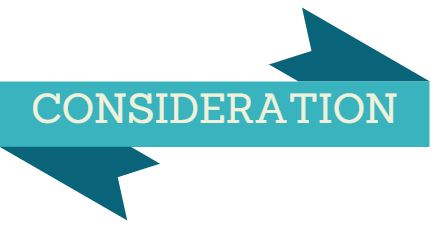All purchasing processes have some logic behind. Believe it or not, even the most impulsive product purchase has gone through a few seconds of reflection by the customer while making a choice. In a hyperconnected and overexposed society, it is well worth understanding the client’s thoughts and motivations before launching the product in the market.
We define the buyer’s journey as a rather complex process which consists of two parts: The first is one is consciously guided and it looks forward to the analysis of your product’s characteristics and benefits. The second one is more intuitive because it is related to the customer’s feelings about your offer. The interaction of these two phases leads a set of potential customers’ contact points with your service or product. The success in establishing a relationship of trust with your client will always depend on the experiences and relevance of your message. Once you’ve gained your prospects trust, the following step is to guide your potential customer’s interest towards your product’s purchase.
Here are the basic stages of the customer’s journey:

1. Discovery
At this phase, the customer realizes he has a problem to solve. For example: “the computer is no longer working” or “he has a sore throat”. At this point, the client experiences a situation of discomfort. During the discovery phase, you can offer information that leads to a better diagnose or documentation of the problem: origin, symptoms, types, etc. This is the right moment to get your potential buyer’s attention by showing your expertise and start generating value without asking the prospect for any engagement. Some examples of the content you can use during this phase: SEO (to be present at search moments), blog posts, social media interactions, videos, and infographics.

2. Consideration and evaluation
Once the problem is identified by the potential client, he sets a goal. In the first place, he starts by evaluating several options to solve the uncomfortable situation. In the consideration phase, the prospect uses all the available channels to find and compare the viable solutions. However, the prospect is not ready to buy. That’s why you should continue to build a relationship of trust with him. How? You could, for example, suggest some solutions to the problem without mentioning your product. Some of the content formats you can use during this phase are the landing pages, case studies, testimonials and other customer’s product recommendations.

3. Use and Recommendation
Finally, your prospect has decided to buy your product and became your client, but the relationship does not end there. Now it is time to start working on the customer’s loyalty and engagement through the accompaniment during the use of the product. In the use and recommendation phase, try to offer a rewarding client experience. It’s important to be present whenever your prospects are looking for information to solve their problems. Proactivity is very appreciated but avoids spam. Here are some tools you can use: e-mail marketing campaigns, chatbots, CRM (customer relationship management system) and freebies to test improvements or new versions of your product.

4. Loyalty
To succeed in making a customer loyal to your product, you need to listen to him all time. First, ask yourself how the client reacts during each micro-moment when he used your product. Then, adapt your product to convince your prospect you are always the best choice. Finally, keep in mind that more than thinking about product features, you should focus your communication in the user’s experience. The most common listening tools are: polls, targeted content and social media
To conclude, a good analysis of the buyer’s journey helps to adapt your service offer to develop your products and services according to the real needs of your target. The understanding of each phase of the buyer’s journey is without a doubt one of the best tools to make your marketing execution more agile and Lean.

